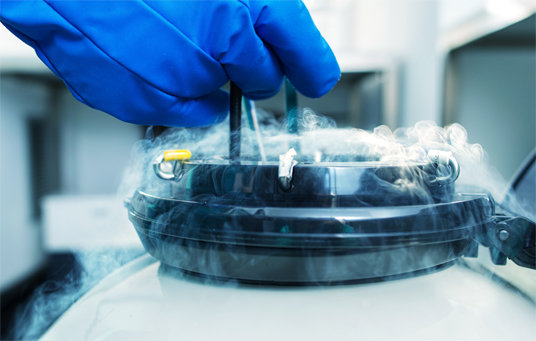


fertipedia
Technical terms explained quickly
From Amenorrhea to Zygote: Here you will find an overview of medical terms and their explanations.
Mediacenter



Technical terms explained quickly
From Amenorrhea to Zygote: Here you will find an overview of medical terms and their explanations.